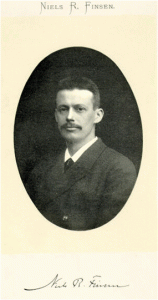
Nils Ryberg Finsen (1860–1904) (Courtesy of the Clendening History of Medicine Library, University of Kansas Medical Center
“Real modern phototherapy began with Niels Ryberg Finsen, the father of ultraviolet therapy. In 1896, Finsen, aware of the bacteria-destroying effects of sunlight, developed a “chemical rays” lamp with which he treated a friend who had lupus vulgaris; within a few months the lesions were completely resolved”
This perspective by Herbert Hönigsmann from the Department of Dermatology from the Medical University of Vienna gives a history of phototherapy in dermatology, describing the key developments to date. He covers the ancient history and describes how over many centuries, treatment with sunlight or “heliotherapy” was used in the treatment of skin diseases. He then describes the developments made in the 19th century when observations were made that sunlight may be beneficial for medical purposes.
In 1974 the development of photochemotherapy marked the beginning of a huge upsurge in photodermatology and the subsequent development of high intensity UV sources with defined spectra facilitated a variety of new therapies. Photodynamic therapy, first conceived at the start of the 20th century has developed in to a routine treatment for many diseases including cancer.
The parting words of this article come from a quote from Kendric C. Smith, one of the founding fathers of the American Society for Photobioloty: “Photodermatology – The future is Bright”.
Read the article in full, free to access until 10th August:
History of phototherapy in dermatology, Herbert Hönigsmann
Photochem. Photobiol. Sci., 2012, Advance Article, DOI: 10.1039/C2PP25120E
You can keep up to date with the latest developments from Photochemical & Photobiological Sciences by signing up for free table of contents alerts.
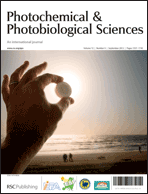











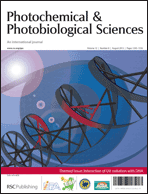
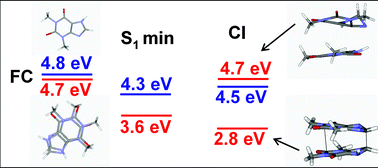
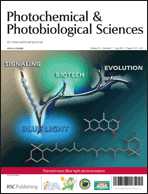

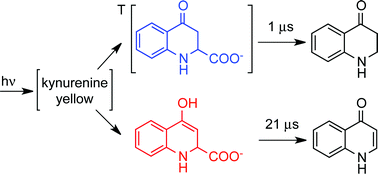
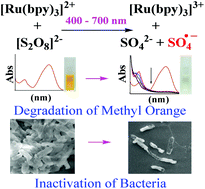

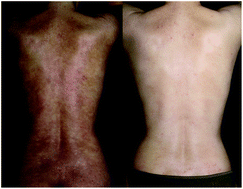 A team from Austria and Germany perform a prospective clinical trial on the effect of extracorporeal photochemotherapy in the treatment of atopic dermatitis.
A team from Austria and Germany perform a prospective clinical trial on the effect of extracorporeal photochemotherapy in the treatment of atopic dermatitis.